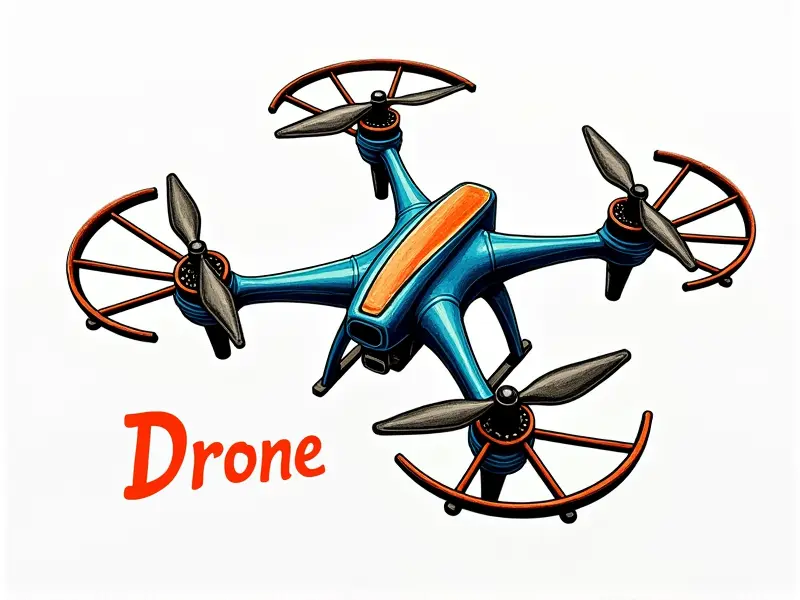Is FPV hard to learn?

Beginner's Guide to FPV Drone Flying
Flying a drone with First Person View (FPV) technology can seem daunting at first, but it’s an exhilarating hobby that offers unique challenges and rewards. This guide aims to demystify the process of learning FPV drone flying for beginners.
Mastering FPV Racing: Easy or Hard?
The question often arises whether mastering FPV racing is easy or hard. The truth lies somewhere in between; it requires dedication, patience, and a willingness to learn. While some aspects may come naturally, others will demand significant effort.
Understanding the Challenges of FPV
- Tech Savvy Requirements: FPV drones involve complex technology that demands an understanding of radio frequencies, video transmitters, and receiver setups.
- Skill Development: Flying FPV requires developing hand-eye coordination and spatial awareness, which can be challenging for newbies.
- Regulatory Knowledge: Familiarity with local regulations is crucial to avoid legal issues and ensure safe flying practices.
Tips for Learning FPV Drone Basics
To get started on your FPV journey, here are some essential tips:
- Start Small: Begin with a basic setup to understand the fundamentals before moving to more advanced equipment.
- Practice Regularly: Consistent practice is key to improving your skills and building confidence.
- Join Communities: Engage with FPV communities online or locally for support, advice, and camaraderie.
Is FPV Drone Flying Difficult for Newbies?
For beginners, the learning curve can be steep. However, with the right approach and resources, it is manageable. The difficulty lies in mastering the technical aspects and developing aerial skills.
Breaking Down the Basics of FPV
Flying an FPV drone involves several components:
- Drones: Choose a model that suits your skill level, such as quadcopters designed for beginners.
- Goggles: High-quality goggles are crucial for an immersive experience and to ensure clear video transmission.
- Transmitters: Select transmitters with features like adjustable sensitivity and customizable buttons.
Getting Started with FPV Drone Flying
To begin your FPV adventure, follow these steps:
- Research: Learn about different types of drones, goggles, and transmitters available in the market.
- Setup: Assemble your drone and ensure all components are functioning correctly.
- Fly Safely: Always fly within legal limits and follow safety guidelines to protect yourself and others.
How Long Does It Take to Learn FPV?
The time required to learn FPV varies from person to person. Some may take a few weeks, while others might need several months. Patience is key as you gradually build your skills and confidence.
Mastering FPV: Tips for Newbies
To master FPV flying, consider these tips:
- Practice Flight Patterns: Regularly practice basic flight patterns like circles, figure eights, and straight lines to improve control.
- Watch Tutorials: Utilize online tutorials and video guides to learn advanced techniques and troubleshooting tips.
- Participate in Events: Join FPV racing events or competitions to gain experience in real-world scenarios.
Getting Started with FPV Flying
To embark on your FPV flying journey, start by gathering the necessary equipment and familiarizing yourself with basic flight maneuvers. Gradually progress to more challenging tasks as you become comfortable.
Simplify Your FPV Learning Journey
Making your learning process easier involves breaking down complex concepts into manageable steps and utilizing resources like online forums, instructional videos, and local meetups.
Conclusion
Flying an FPV drone can be challenging for beginners due to its technical nature and skill requirements. However, with dedication, consistent practice, and the right mindset, mastering FPV is achievable. Embrace the learning process, stay patient, and enjoy the thrill of flying in a whole new perspective.

